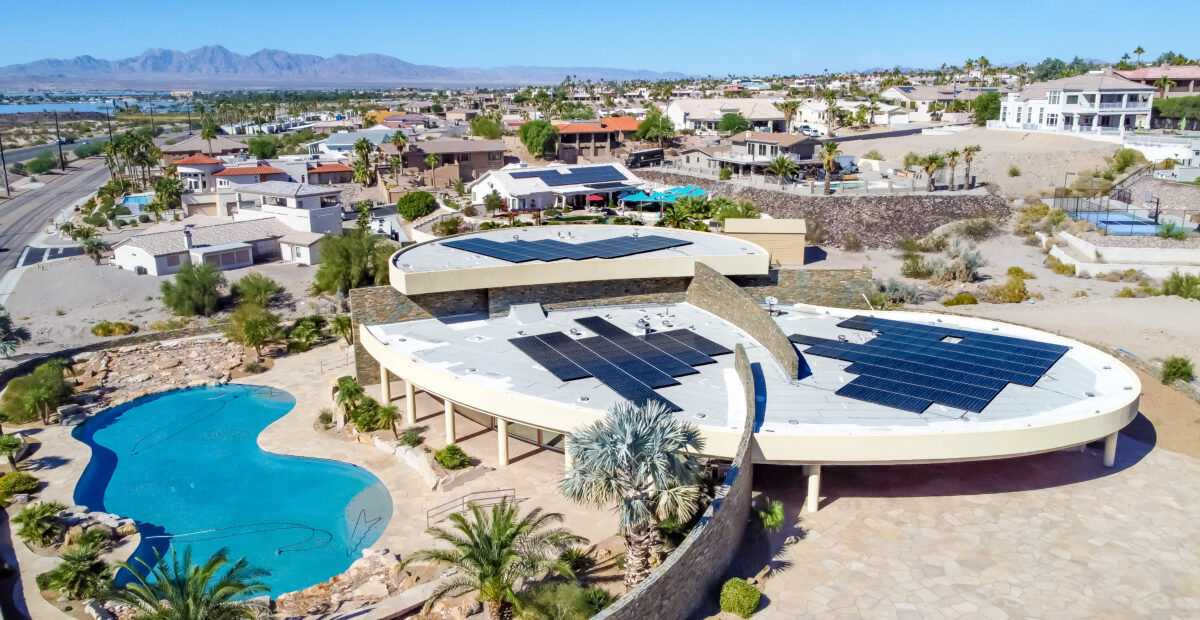I think it's the sticker shock of $0 -> $24/month. Again, I'd much rather see a lower fixed fee and they just don't cut any usage $/kWh price (they are planning 15%), or even raise that to force people to use less/conserve. I don't think you/most people would be ok with say, $100/month just for basic connection. The problem is the IOUs can manipulate the numbers and we don't know the actual real cost of a basic electric connection. Some folks have had these for 50 years on old lines and they want the same $24/month? Should people in far flung regions where the cost to connect them pay more?
As some news articles report, it's a bit unfair for folks who are in a studio to have to pay same fixed fee as someone in a 6k sqft mansion. Not that I want to get into an income war neither, but I suppose they can charge by service size (100Amp/200Amp/400Amp) which feels more fair.

 calmatters.org
calmatters.org





